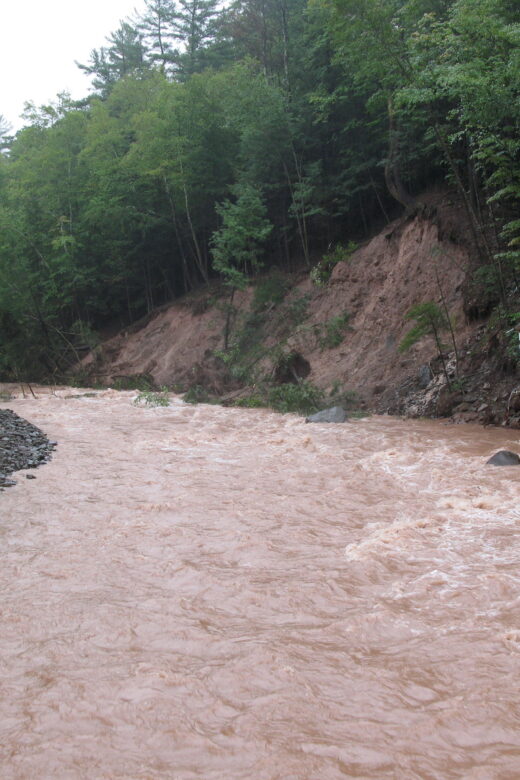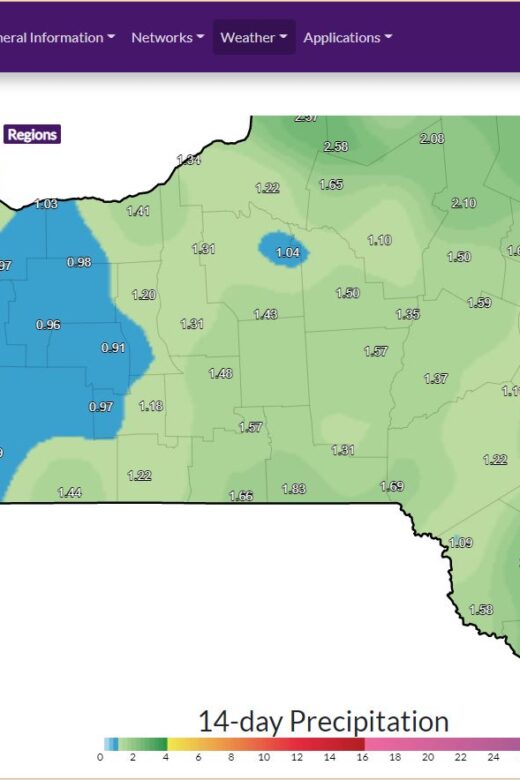Is your town ready to respond to the next flood? Register now for a free two-day training on Post-Flood Emergency Stream …
Continue Reading about Post Flood Emergency Intervention Training

Is your town ready to respond to the next flood? Register now for a free two-day training on Post-Flood Emergency Stream …
Continue Reading about Post Flood Emergency Intervention Training

There was no major flooding during the last winter storm, but preliminary flow data show there could have been geomorphic …
Continue Reading about No flooding, yet still the potential for geomorphic change

Brook trout are on the move so it’s time to deconstruct the rock dams that were built this summer! Between September and …
Continue Reading about Deconstruct rock dams so brook trout can migrate and spawn!
July 18, 2022 A section of the Stony Clove Creek that is a substantial source of fine sediment has become the latest in a …
Continue Reading about Stream Restoration Underway in Stony Clove Creek above Jansen Rd
Register now for a Winter Snowshoe Stream Walk with the Ashokan Watershed Stream Management Program (AWSMP) along …
Continue Reading about Register now for snowshoe stream walk
